Time. It’s the most valuable currency during any film production. Whether the film is a multi-million dollar blockbuster production or the tiniest, two week DIY shoot, having enough time allows creativity to flourish, stress to remain relatively manageable, and the filmmaker to the make the best possible film. In order to make the best use of your time, it’s vital for any film production to build a cohesive schedule.
Previously on The Storyteller Series we discussed how breaking down the script is the first step in scheduling your production. Once that process has been completed the next step is to analyze those elements and build your schedule. How is this done?
Well, first you get an Assistant Director. The Assistant Director (or 1st AD) acts as a liaison between the director, producers, cast and crew. They are charged with keeping the production on schedule so the film is efficient. During pre-production, their duties include breaking down the script, assessing and securing locations, assessing actor availability, and working with the director to create a shooting schedule.
Sienna Beckman is the Assistant Director for The Storyteller.
We knew the 3 weeks that we were shooting, so obviously the location dates had to be within that time frame. But we had to work with each location’s schedule and availability, as well as actor availability and consecutive shooting days, etc. A lot of the locations have been very flexible and gracious about us using their space, which makes scheduling so much easier. - Sienna Beckman, 1st AD of The Storyteller
A thing to keep in mind as we’re breaking down the elements of scheduling your shoot is that while most aspects of your indie production might differ from those of a big budget movie, having a cast of A-list stars doesn’t necessarily equal long shoots; Phone Booth, a movie starring Colin Farrell, was shot in just 10 days.
Making Your Schedule: The Key Factors
Shoot Dates = The days of your production.
The idea of shoot dates includes both your general production timeframe, as in ‘we are shooting from May 1st to June 15th’, and what the schedule will be for each specific day.
Location Availability = When you can have access to a certain location.
As we’ve discussed, finding and securing locations is a key part of the the production process. Making sure that you can film in all of those lovely locations is where the need for a schedule becomes key. As very few films are shot in sequence* it’s important to note when each location is available and for how long. A certain location might be available during the whole production whereas another is only available one day.
Example: There are two locations in your script: A bank and an apartment. The bank may only permit you to shoot on the weekend, outside of normal business hours. However, the apartment is available at any point during the production. In this case you would prioritize securing and scheduling the bank location first because it has less availability.
*To shoot a film in sequence means that the first scene you shoot is the first scene in your script, the next scene shot is the second scene in the script and so on until the end. This is rarely done, because if you have a script where, say, two thirds of the film takes place in a grocery store, it isn’t time or cost efficient to shoot one scene, leave the store and then reassemble the cast and crew when it’s time for the next scene in the store. Better to shoot all the grocery store scenes at once.
Know that a locked shooting scheduled may have to be unlocked, if a location suddenly falls through – like in the case of the iconic quote “How do I do a film called The Old Mill when I don’t have an old mill?” from State & Main:
Actor Availability = Making sure the actors are there when you need them.
The AD needs to know if the casted actors have any commitments before or after the production that will affect their schedule. This is because they need to assess which actors are needed on which shoot dates. If an actor is on another movie, and can’t arrive until the second week of production, it would make no sense to schedule scenes that include that member of the cast in the first week of production.
Example: When making Marvel’s Civil War the main actor Chris Evans was needed for the majority of the shoot. However, Paul Rudd (Ant Man) was not. As Paul Rudd is constantly working, the Assistant Director needed to know when he (Paul Rudd) would be available during the Civil War production so that the scenes involving Ant Man could be scheduled around that.
When casting breakdowns are created, companies like Breakdown Services will ask for the Shoot Days so that the actor will know whether or not they are available. A range of dates is acceptable, since the detailed shooting schedule won’t be locked in until much later in the pre-production process.
Shooting Schedule = What scenes are going to be filmed on what day.
The most important things are shoot dates, location availability, and actor availability/travel/time constraints. Then once those factors are locked, I can go in and shuffle around the actual scenes within the days to create the most streamlined and efficient shooting schedule. - Sienna Beckman, 1st AD of The Storyteller
To build a schedule, the 1st AD will compare the key factors along with each element from the script breakdown. There is a variety of scheduling software and online templates that will aide in this process. The most well know is a program called Movie Magic.
I have used Movie Magic several times before for more complicated shoots (multiple units, foreign travel), but for smaller projects like these, Scenechronize is very comparable and is very easy to make quick changes in. I like both, but Scenechronize is a bit easier to learn and it’s a bit easier to manipulate the data entry. - Sienna Beckman, 1st AD of The Storyteller
Scenechronize is a web-based program, which has HUGE advantages for an indie production. The most obvious being that it’s accessible in any location where you can get online. This allows the AD to update the schedule while on set. It also allows all the different departments to have access to the schedule and know exactly what wardrobe, prop or other item pertaining to their department is needed on any given day.
Other Important Factors
The biggest factors have been the locations and the actor availability. Some things might shift around within certain days to accommodate for wardrobe changes or specific lighting/camera requirements. We will know more about that after doing our tech scouts in the week leading up to the actual shoot. – Sienna Beckman, 1st AD of The Storyteller
Example: Towards the end of Seth Brundle’s transformation in Cronenberg’s The Fly, Jeff Goldblum had to sit in the makeup chair for 5 hours. It wouldn’t have made sense to schedule a scene where he’s without makeup before doing one with the makeup.
Similarly, scenes that require big light changes, even if they take place in the same location need to be scheduled accordingly.
Example: On my short film Lucky Charm, there were several scenes that took place in a jewelry store. For two of those scenes, I wanted the same camera set up. Now, if those scenes both took place during the day, we simply would have shot them at the same time. However, one scene took place at night, the other during the day. Because of this we shot all the day scenes first, then broke the actors and the crew changed the lighting so that the set looked like it was now night time* and we shot the night scenes. Bonus info – shooting a night scene during the day is called shooting day for night and is something you want to make note of in your schedule.
The Storyteller is a unique movie in that they have had a very long pre-production process. This has an effect not only on the writer’s ability to sharpen the shooting script, but also for the Assistant Director to prep the production.
My job has just been a bit more spread out. It’s better for the production team to have a longer pre-production process, so they have time to sort out all the details. Most of what I’ve been doing is creating the first draft of the schedule, then making changes as more details are locked by production. It hasn’t affected me too much, but it has been nice to have the time to digest and absorb all the details of the shoot, so I feel prepared and ready when we actually go into production. – Sienna Beckman, 1st AD of The Storyteller
And production is officially underway! The Storyteller’s first shoot day was June 27th and will continue through July 16th. Join us next time when we discuss Tech Scouting. Until then, remember that even with the most meticulous planning, things can and will go wrong. Just ask Terry Gilliam:

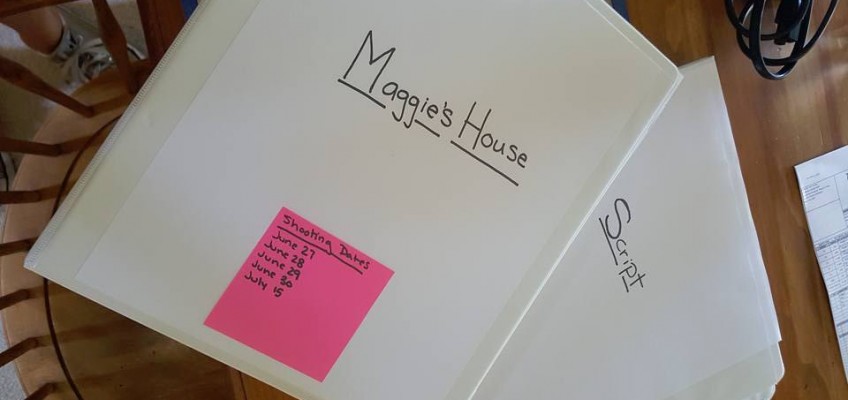
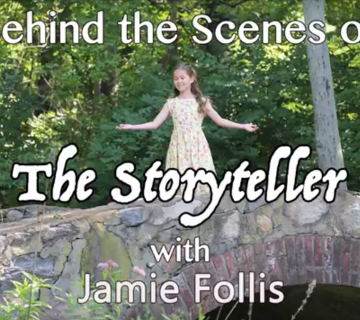
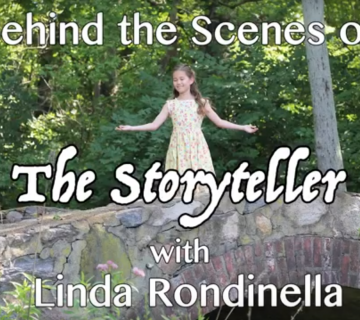

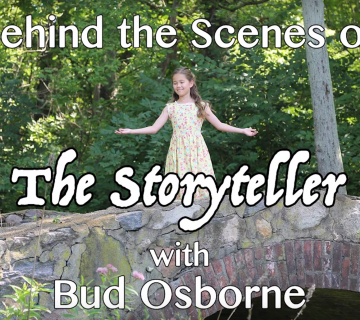
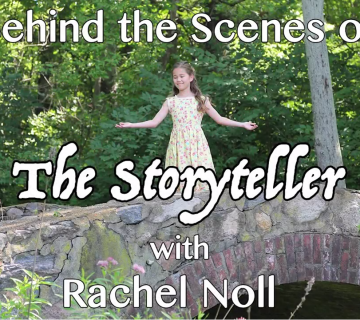
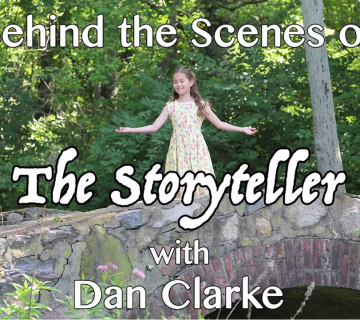

Join the Conversation →